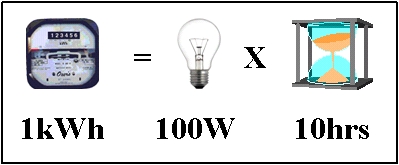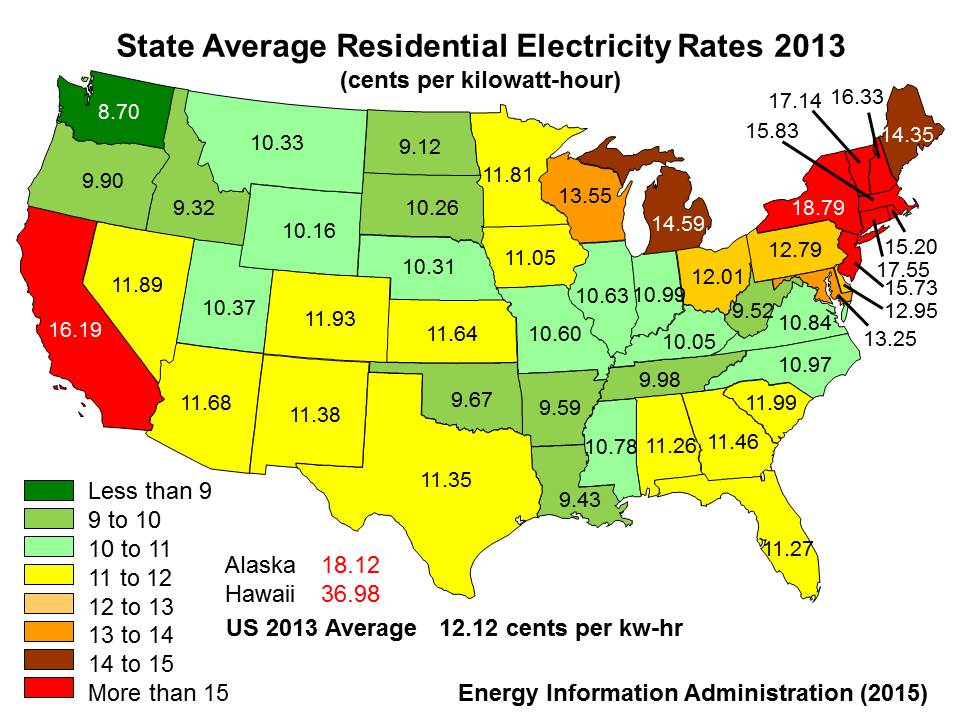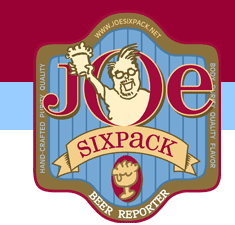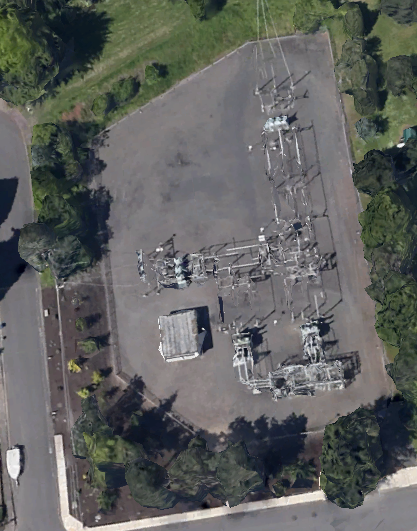Learning the Language of Energy
In order to have any kind of rational and meaningful
conversation about energy generation, energy supplies,
energy shortages, we must quantitatively understand
the units of Energy.
Most of you are familiar with Power and you
frequently confuse that with energy.
For instance, if you have a 100 Watt light bulb and
you plug it in, that light bulb radiates 100 Watts
of Power . Power is instantaneous or,
in other words, at any given time while the light bulb
is on, it radiates 100 Watts of Power.
However, what we care about is Energy
ENERGY = POWER * TIME (of use)

Thus if we use our 100 watt light bulb for 1 hour we have
used the equivalent of 100 watts * 1 hour = 100 watt hours of
ENERGY.
For residential, commercial and industrial energy use, the standard
metered rate used by all electrical utilites in the US is the
KiloWatt Hour (KWH)
If we use our 100 Watt light bulb for 10 hours then that is
100 watts x 10 hours = 1000 watt hours = 1KWH.
Your electricity rate is charge at some number of cents per KWH.
The current snapshot of residential rates for the US is shown
below:
2007 Snapshot

TX vs OR: 10.9/7.3 ; OR vs NY 7.3/15.7
2013 Snapshot

TX vs OR: 11.35/9.90 ; OR vs NY 9.90/18.8
Notes:
- There are no longer strong state to state variations in
the cost of electricity as existed in the past (15 years ago or so)
- Regionally, the Northeast Pays 1.5 times more than the national
average so energy costs are a significant political and social
concern there.
- The Pacific Northwest no longer has a sole monopoly on cheap
electricity. Some of this is related to long term climate change
which is causing a significantly reduced snow pack and therefore reduced hydroelectricity as part of overall energy portfolio:

Historically, hydro has been about 70% now its less than 1/2.
Residential Power Requirements:

Supposed you lived in a space, let's call it the Joe Six Pack pad,
that had the following:
- 4 100 watt light bulbs for lightning
- a 450 watt fridge for cold beer
- a 150 watt TV
- a 1500 watt space heater
That's it.
So we can easily sum this up to determine that a Joe Six Pack pad
has a total maximum power requirement of 2500 Watts or 2.5 KW, if all of
the applicances are turned on.
So this is Joe's PEAK POWER REQUIREMENT
Now we know that, at Joe's Place, the fridge and the TV are on ALL OF THE TIME so
thats 600 W of continuous power.
Now let's suppose that, averaged over
one day, the light bulbs are on for 12 hours and the
heater is on for 4 hours per day.
Thus, on an average 24 hour day, Joe's power requirements are
- 600 W (for continuous TV + cold beer)
- 200 W (for lights - 1/2 the day they are not turned on)
- 250 W (for heat - heater is only on 1/6 of the time)
Thus Joe's AVERAGE POWER REQUIREMENT is
600+200+250 = 1050 watts = 1.05 KW.
The next step in this story is to form the Joe Six Pack Electrical
Utility Company.
Our company is located in Joe Sixpackville and there are 1000 Joes
that live in the pad du Joe.
What do we know?
Well we know that our power plant rating (usually called nameplate
capacity) needs to be at least 1000 KW or 1 Megawatt (MW).
Why - because we got 1000 average Joes each using 1 KW.
If we built our plant to handle the peak capacity that would require a 2.5 MW facility, at that 2.5 MW is needed less than 10% of the time. This is clearly not
cost effective and as a result, Power Plants are built to handle average
loads, not peak loads, since peak loads are a very rare occurence.
When peak events do occur, the industry now has a difficult time accomodating
them. More on this later.
Now let's return to Joe and his average monthly electricity bill. For
simplicity let's assume the electricity rate is 10 cents per KWH. We
can now easily compute Joe's average monthly bill:
Bill = 1 KW x 24 hours x 30 days x 10 cents per KWH = 72$
Now in the real world, a typical family house has an average power requirement
of 2 KW these days, although indivudal houses may vary from 1 to 8 on this
scale.
This means the following and this is how we scale things in this class:
 A typical power plant has a nameplate capacity of
1000 MW (1 billion watts) A typical power plant has a nameplate capacity of
1000 MW (1 billion watts)  This serves,
on average , 500,000 homes. This serves,
on average , 500,000 homes.
 A typical substation in a neighborhood serves about 500 houses and therefore must distribute about 1 MW of power. Get to know and understand these various scaling relations. A typical substation in a neighborhood serves about 500 houses and therefore must distribute about 1 MW of power. Get to know and understand these various scaling relations.
The City of Eugene, for instance, as an average power requirement of
350 MW which is provided through EWEB:
- 75,000 residential customers
- Peak Demand was 627 MW (Dec 23, 1998)
- 38 Substations in Eugene Area
- 12% of Power EWEB Owned
- 56% purchased from BPA
- 32% purchased from other sources
The University of Oregon has an average electrial power requirement of about 8 MW.
But that has increased substantially (which is a different word than sustainably) to 12-15 MW due to the builiding of
the Alumni Center, Acadmic Services for Student Athletes, and the Phil Knight
Palatial Arena of Roundball.
 Google Earth Exercise. Find some substations in Eugene and write down the intersection where they occur and hand that to one of the course assistants. Google Earth Exercise. Find some substations in Eugene and write down the intersection where they occur and hand that to one of the course assistants.
This is what they look like in Google Earth 
| 




 A typical power plant has a nameplate capacity of
1000 MW (1 billion watts)
A typical power plant has a nameplate capacity of
1000 MW (1 billion watts)